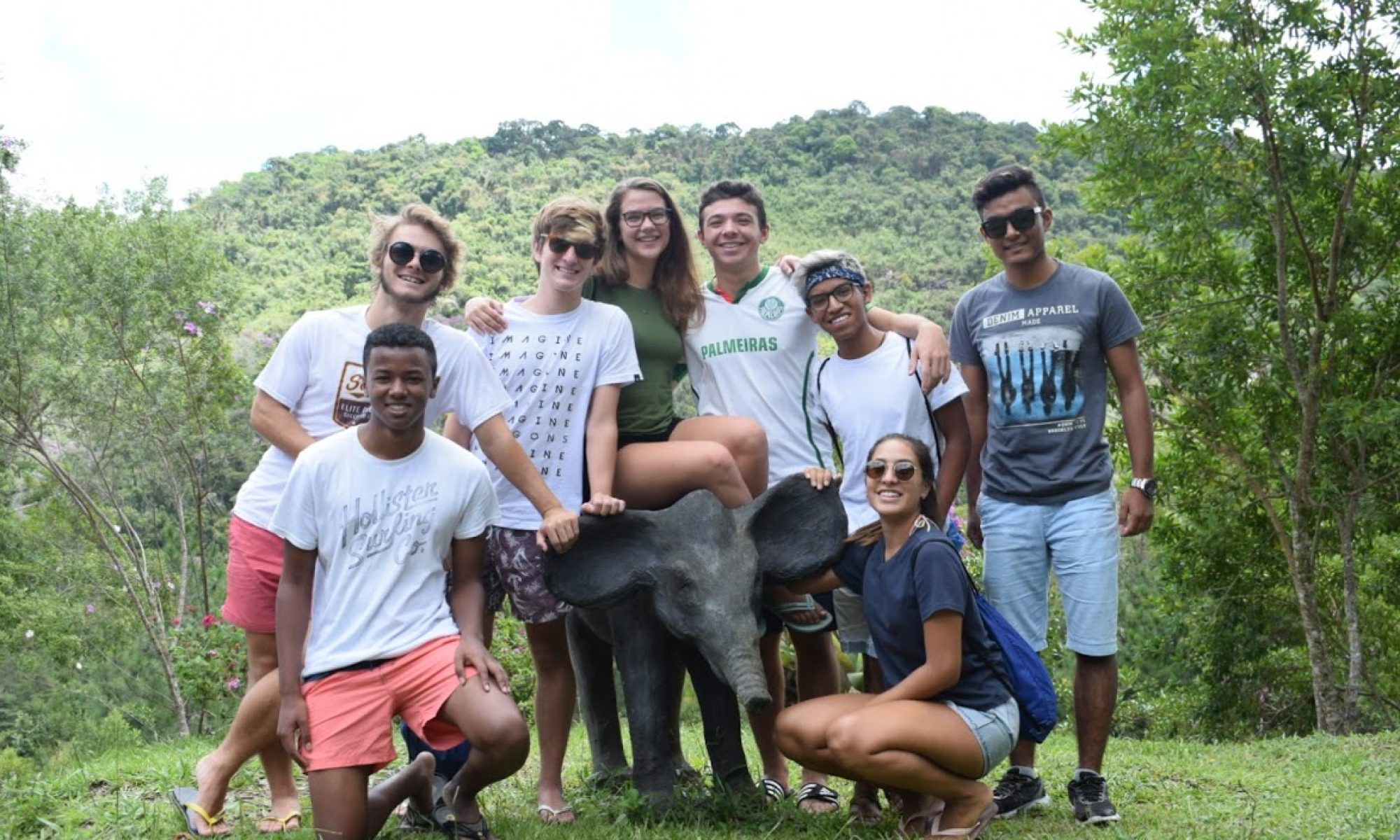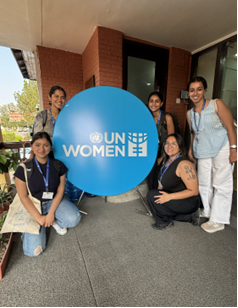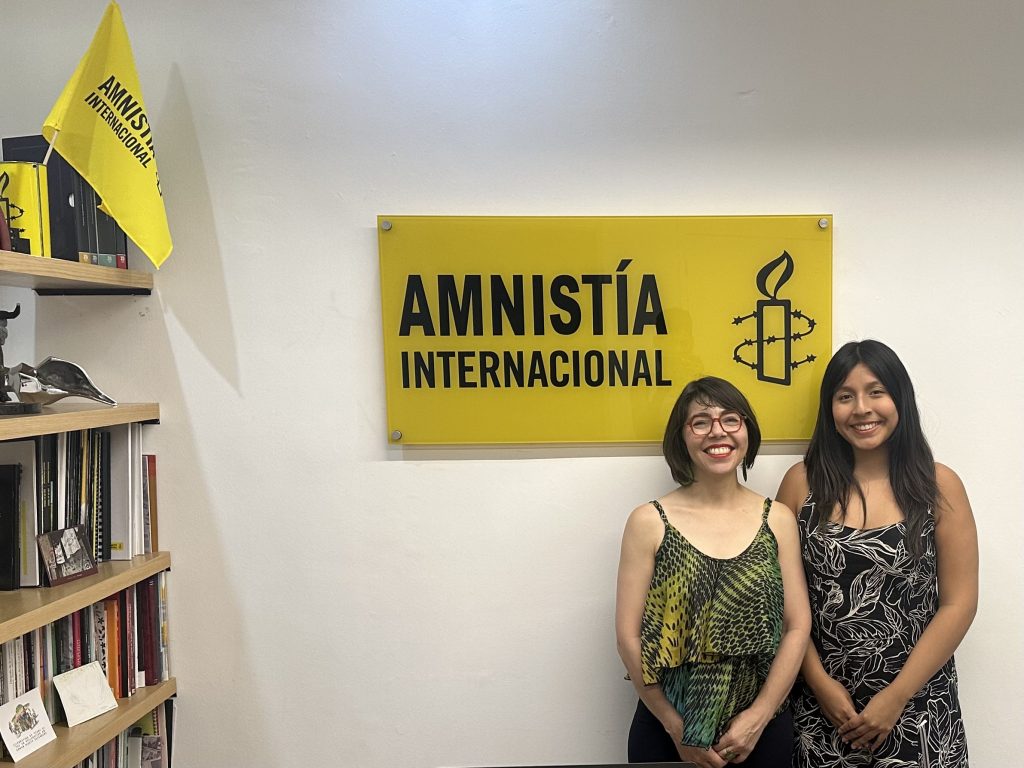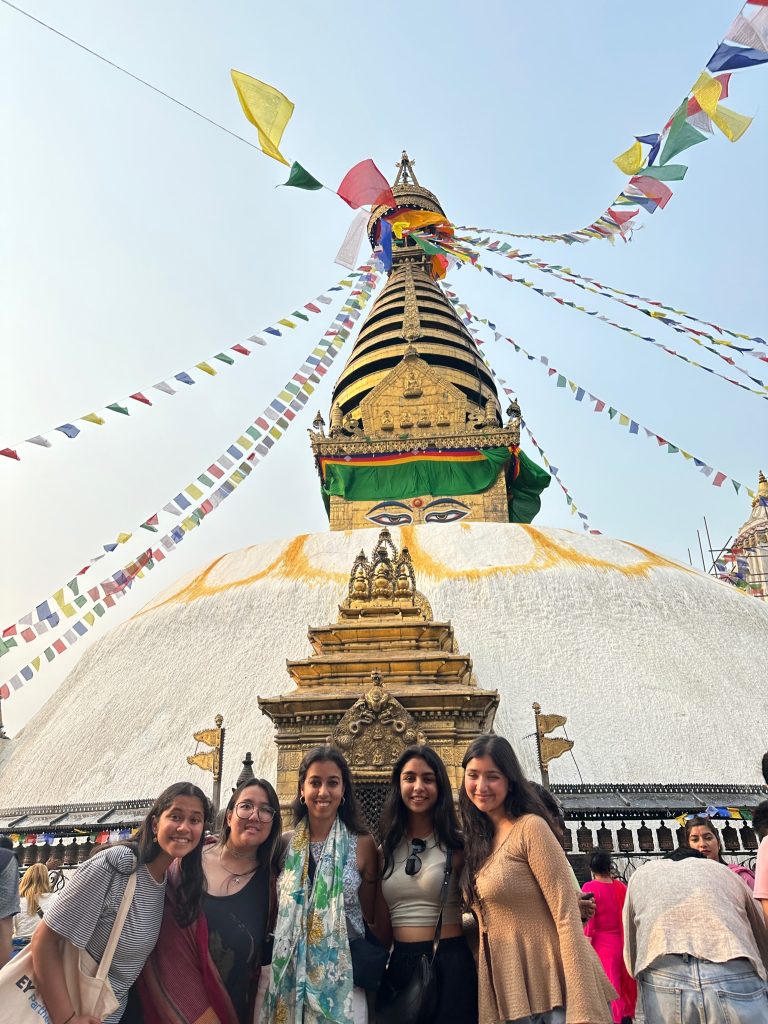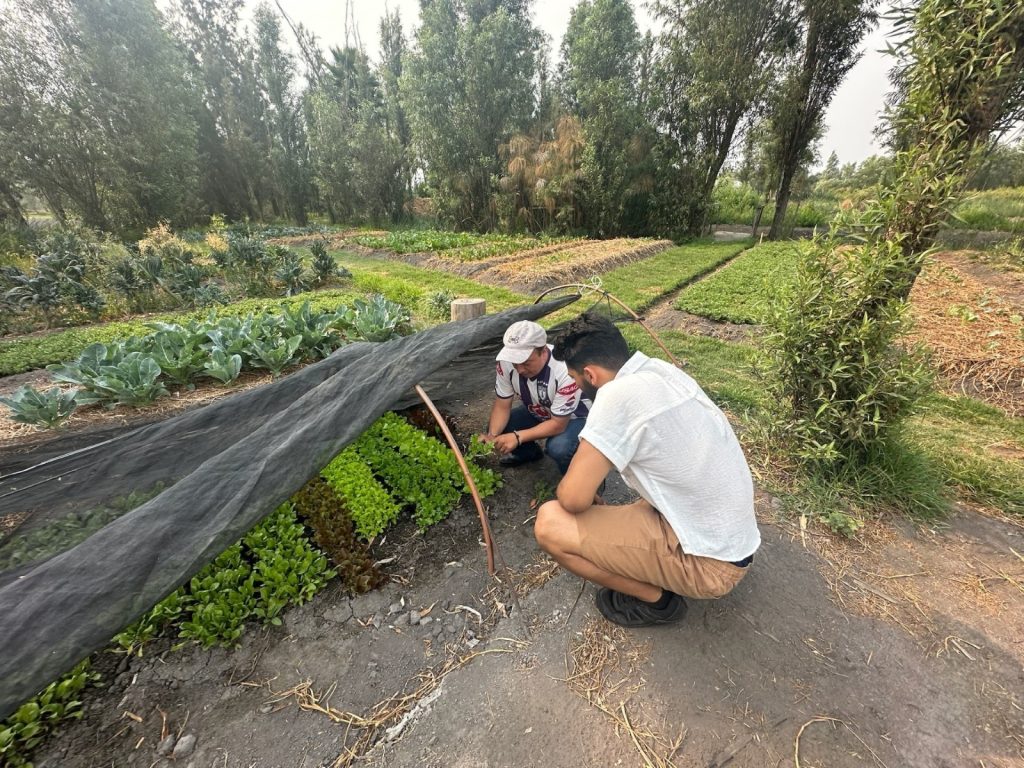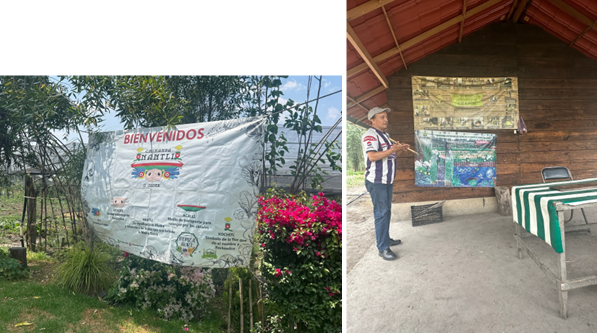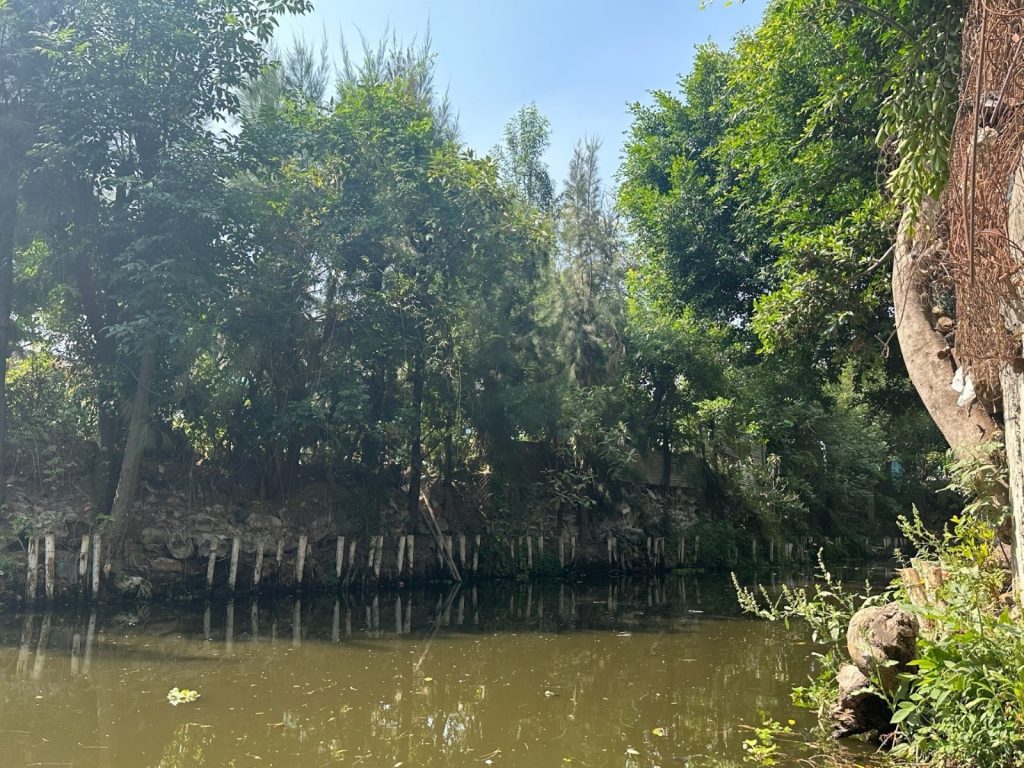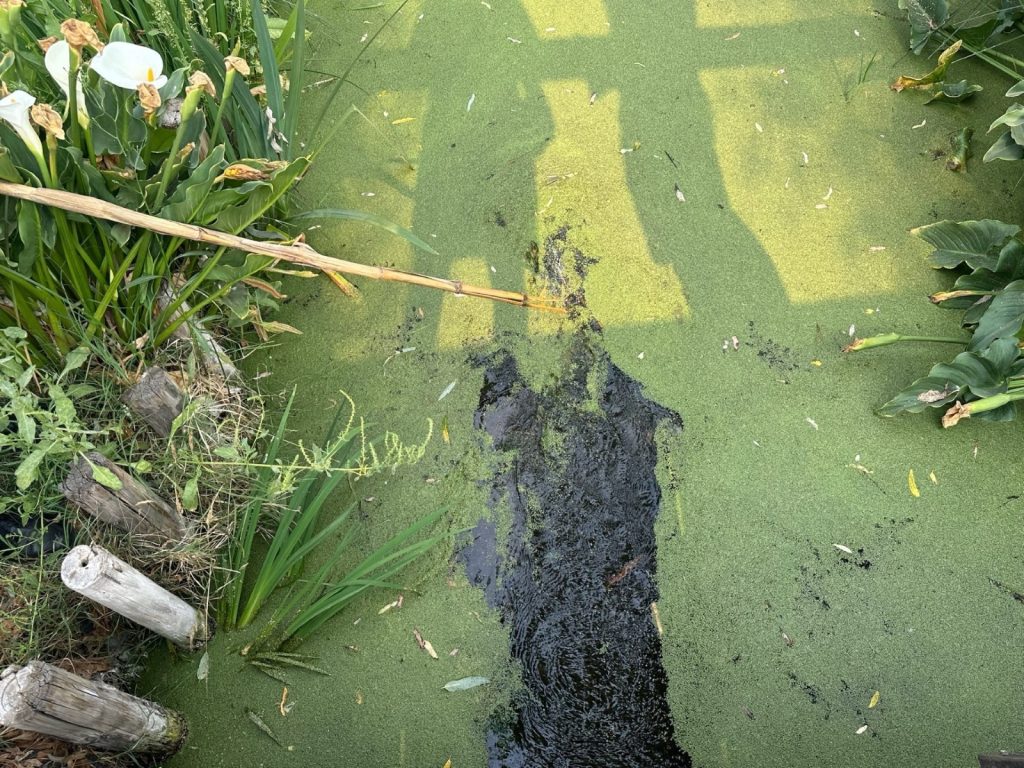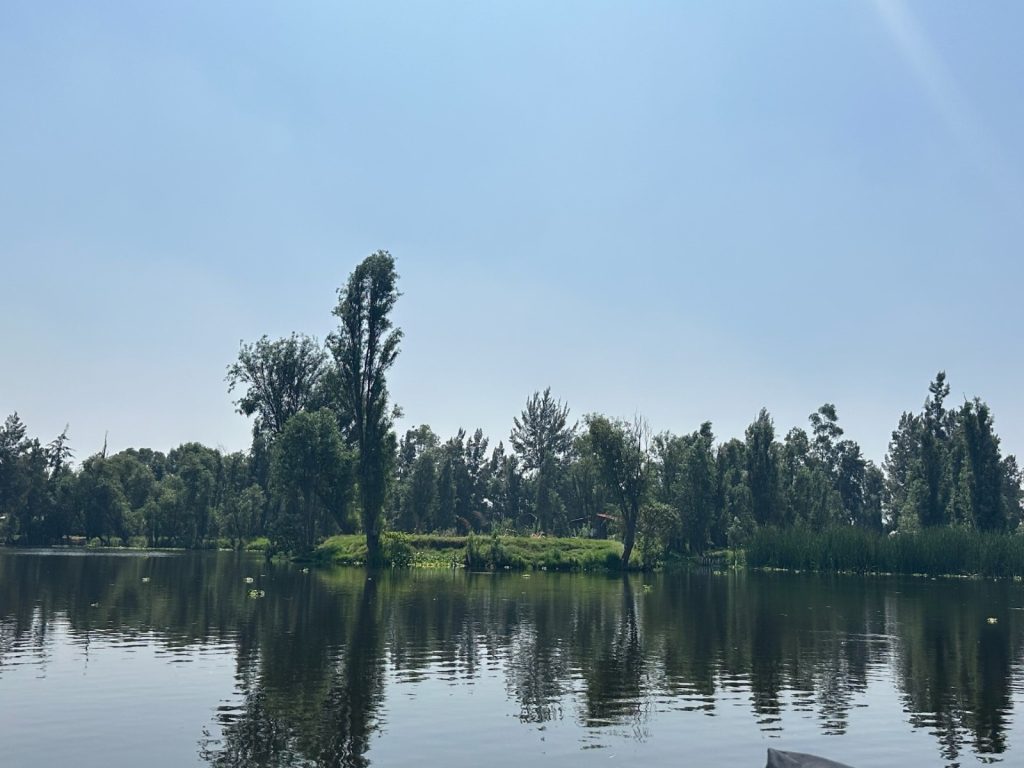By Jewel Kyaw
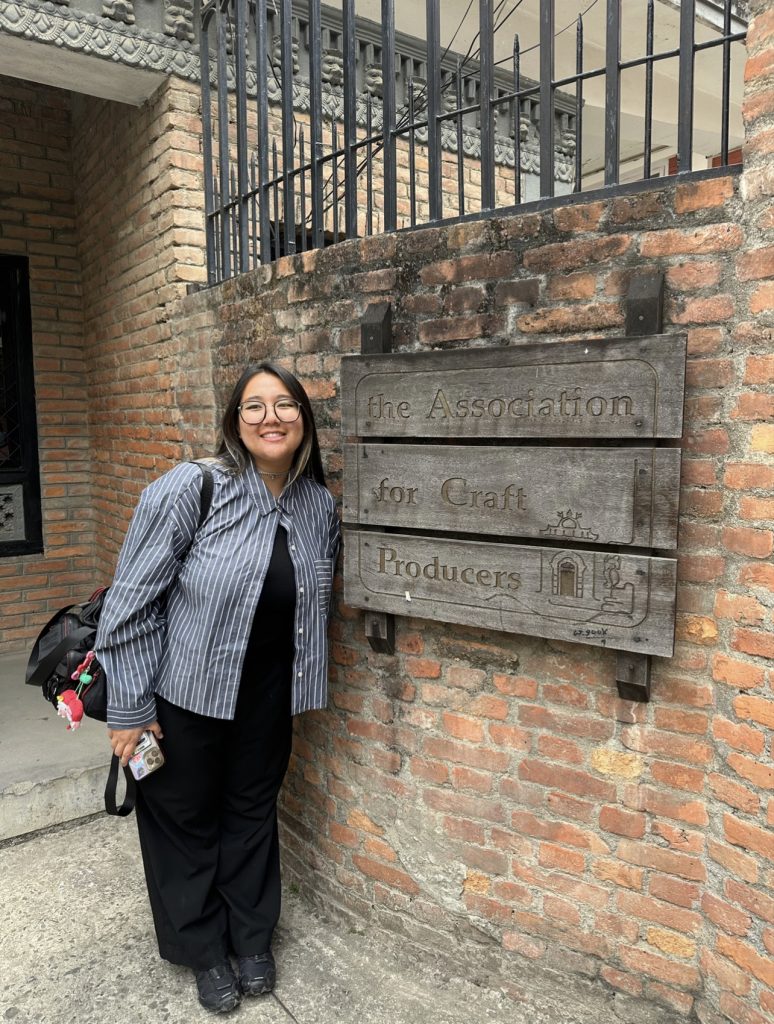
Our first few days in Nepal were filled with sightseeing temples and trying delicious local dishes. I was charmed by the monkeys that watched us from the trees, some of them showing off the food they took from unsuspecting tourists. After our weekend full of mountains, we were ready for the interviews we had scheduled for the upcoming days.
On Monday, we got ready to head to the office of the Association for Craft Producers. ACP is a not-for-profit Fair Trade organization dedicated to the social and economic empowerment of low-income artisans, primarily women from underprivileged backgrounds. The mission of ACP is to provide comprehensive support through design, market, management, and technical services to artisans, which not only supplements their family income but also gives them the skills to start their own enterprises.
When we arrived, we were greeted by Soni, whom I had emailed leading up to the trip. She informed us that we would get a tour of the facilities before the interview. We explored the vast 43,000 sq. ft. building that housed 80 staff and in-house producers. Besides the offices, there are different units for specific crafts like felting, weaving, pottery, glass, and more. Neya was able to make a bowl on the pottery wheel with the help of the technical skills expert. The glass unit was the newest addition; the artisan we met inside explained to us that she started as a general unit producer but attended a glass sculpting workshop ACP held with a visiting glass expert. She was able to continue learning more about glass and now leads and manages the glass unit at ACP. She proudly showed us the beautiful glass turtle she finished before we came in.
As we walked around the buildings, we saw how they posted their fair trade principles on every wall, from the cafeteria to the stairwells. Our tour guide even showed us their strategies to be more environmentally friendly. All of the building have gutters connecting them that carry rainwater into a giant underground water tank below their courtyard. They use the water for dying raw materials and have special tanks that process the dyed water to be properly disposed.
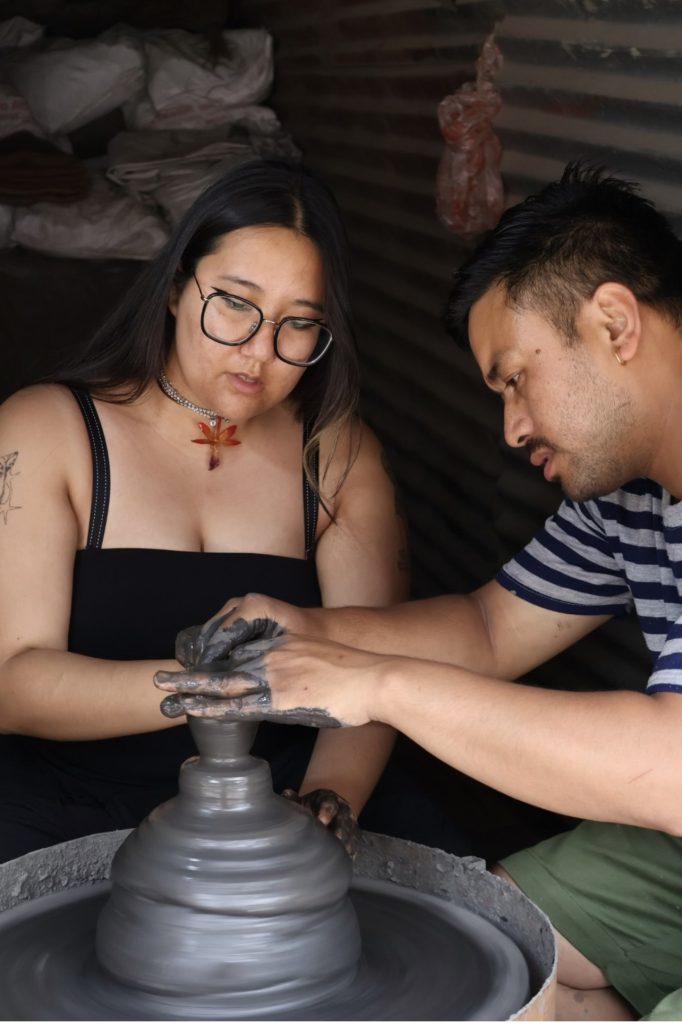
After the tour, I was able to interview Revita Shrestha, the chief executive. She explained to us one o the biggest challenges at the start of ACP, was convincing women to leave the home. Many of them carried generational knowledge of handicrafts, but faced barriers from being able to start their own businesses and sell their crafts. They could not get loans from bank due to not owning enough property for collateral and face social stigma if they did not dedicate all their time to their domestic responsibilities. Shrestha continued by bringing up that one of the biggest barriers was internal, the lack of selfconfidence.
By being able to learn technical skills at ACP, the women artisans were able to start generating income along with balancing a family and farm. As a result they gained more confidence but also respect from their families. Shrestha told us stories of women that created their own businesses started to employ their husbands and family members. They stepped out of the traditional structure where the men are the primary income earner.
Outside of technical skills training and distributing raw material, ACP is able to support their artisans through social wellness programs. There is an education allowance that encourages artisans to send their daughters to school and a higher education scholarship that pays for the tuition of the top scoring girls. ACP is able to economically empower the artisans and uplift their role in the community.
I learned so much about ACP, but also the gender dynamics within communities in Nepal from Shrestha. I felt incredibly grateful to see their expanded facilities and greet the artisans. After the interview, we were treated to an amazing lunch in their cafeteria where we met some new artisans that traveled into the city to learn.
We were excited to hear that the ACP’s store, Dhukuti, was not too far from where we were staying. Hopefully sometime this week we will be able to visit the massive store filled with crafts.
